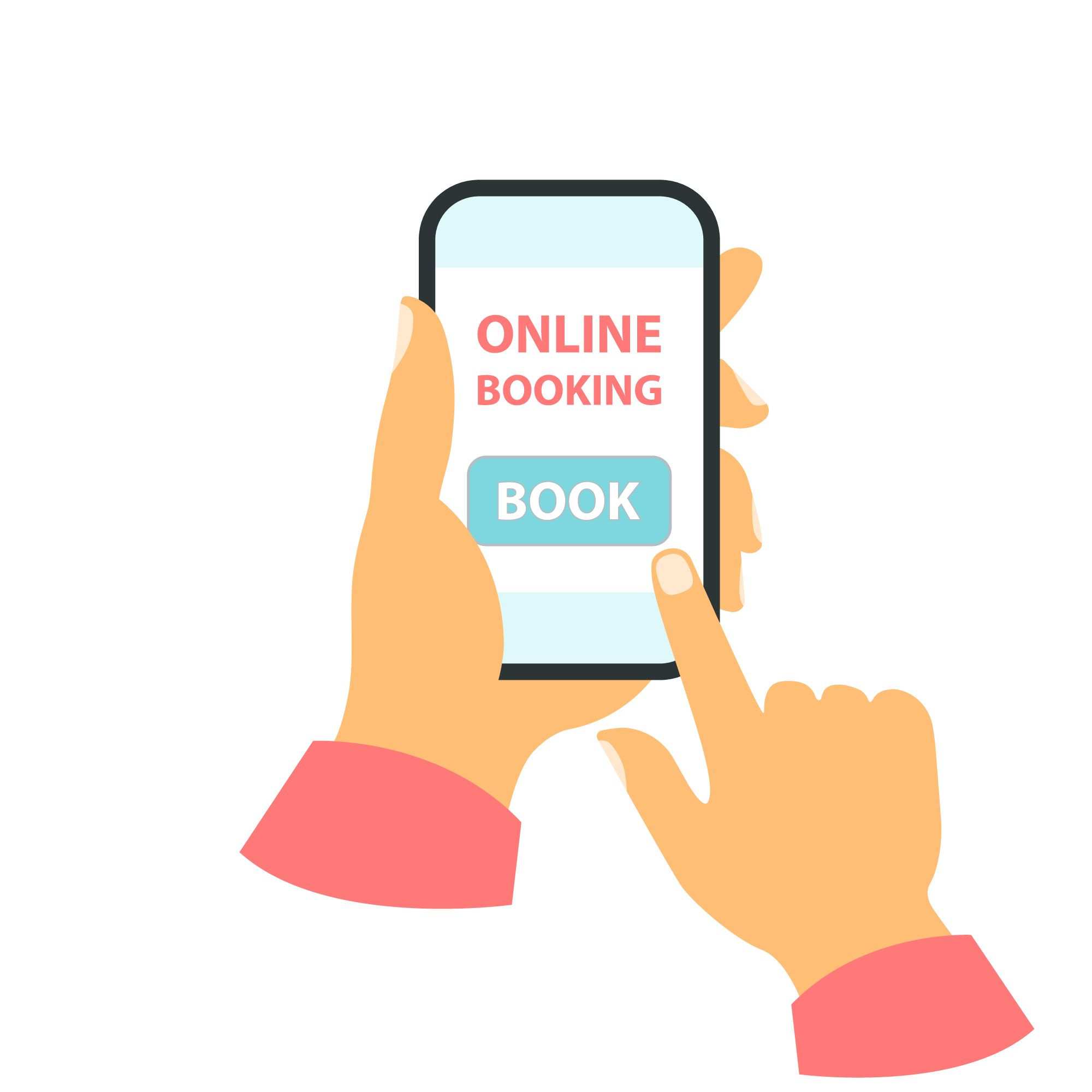Help Your Company Portal Reach Its Full Potential

Company portals provide a vast amount of information and services for employees. Ideally, employees should be able to go to a single, highly personalized Web-based landing page and find everything they need wrapped within a modern, easy-to-navigate user interface. At many companies, however, this is not the reality. Instead of providing information in an easy to understand manner, employees are forced to wade through multiple login pages, view different user interfaces and deal with outdated content. Many times search results fail to yield complete answers which forces employees to waste time hunting for the information they need or duplicating content that already exists.
For content authors, the situation is similarly frustrating. For instance, organizations that have expanded through acquisition often have multiple intranet platforms. Portal environments designed to easily integrate with enterprise applications and to adhere to existing business processes often lack the authoring environments found in a true Content Management System (CMS). Many times these content authors must request assistance from the IT department, which can often lead to inevitable delays in posting up content.
So is there a way to address these issues without having to "rip and replace" the current portal infrastructure? The answer is yes. Many companies have realized that the way to do this is to integrate an advanced WCM system with the portal infrastructure. Tightly integrated WCM and portal technologies allow internal content creators to easily produce and upload content with minimal IT involvement. At the same time, it gives employees a single destination for both content and business workflow.
How To Choose?
If your company has a portal, now may be the time look at integrating it with a WCM platform. When considering how to integrate WCM and portal technologies there are five key elements to consider.
1. Content Structure: In order to ensure a consistent look and feel throughout the entire website, it's important that the content creators have the ability to make changes to the site at any time. For instance, if a competitor makes a new product announcement, the content creator may need to make changes at a moment's notice. By understanding how the entire site is laid out and structured, the content creator can make the necessary changes without the assistance of the IT staff.
2. Unified Search: Like single sign-on technology, employees don't want to have to go through multiple steps when conducting a search. Information must be able to be found across multiple repositories of information and in different formats. Since most employees are used to using Google for searching on the Web and business intelligence software for work-related searching, they now have a certain expectation of what unified search should be.
3. Shared user profiles: The last thing anyone wants to do when visiting a website is log in multiple times if they are looking at different sections of the site. It's very important to provide common authentication across multiple areas to make the process less difficult for the employee.
4. Author-driven publishing: It's important to remember that content creators are not programmers and don't have the background of an IT specialist. In an ideal environment, the content creator should not know that there are two technologies working together - the WCM and the portal technology. There should be seamless integration between these two technologies so that the content manager can focus on their area of expertise.
5. Track record: When looking at WCM and portal technology vendors it is very important to look at their track record of integrating different technologies. And don't take the vendor's word for it. Talk with their customers and industry experts to find out what the real story is.
Benefits of an Integrated Web Content Management and Portal Technologies
Truly engaging websites offer a thoughtful blend of fresh content, social and community capabilities and helpful services. A modern WCM integrated with the corporate infrastructure gives organizations the ability to achieve this blend on an ongoing basis, tailored to specific audiences. Specific improvements from WCM-portal integration include the following:
- Content agility: Removing publishing bottlenecks allows your company to react quickly to changes in the market.
- Easing the burden on IT: Giving content creators the power to make changes to the website allows the IT staff to focus on higher priority activities. This also eliminates the need to work with expensive specialists or external agencies.
- Improved marketing: Simplifying the process for content creators and easing the burden on the IT staff frees up resources to develop different Web application functionality.
The era of static Web pages and labor-intensive IT updates is over. Moreover, employees now expect to perform many tasks themselves. While many of these services already exist, they are locked away in a hard-to-use portal. By integrating a modern WCM platform with the portal, employees can operate in a self-service environment, while the IT team and content creators can avoid conflicts.
About the author
Robert Bredlau is the Chief Operating Officer for e-Spirit Inc. in North America.
Subscribe to Our Newsletter!
Latest in Software









